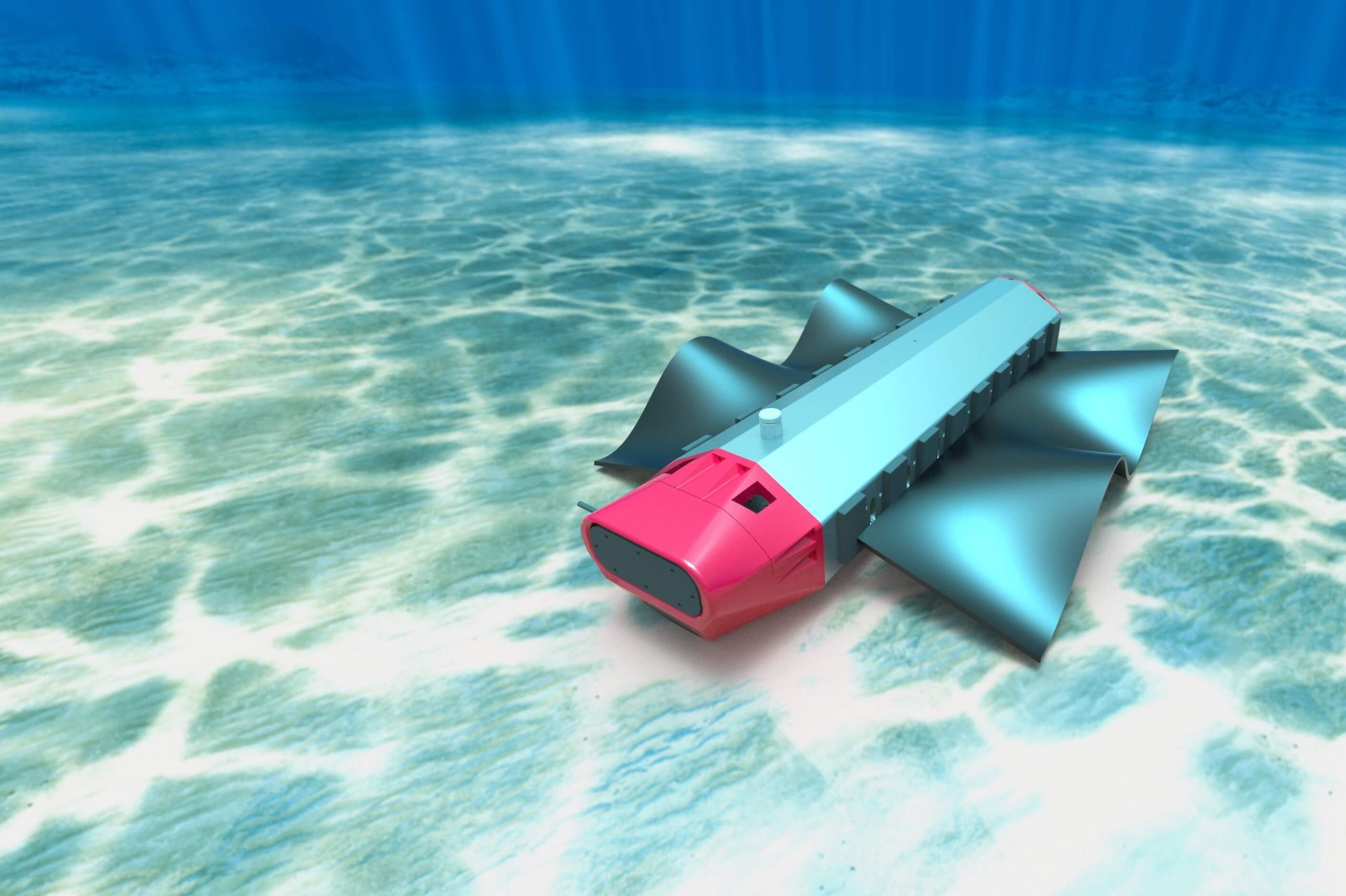University of Adelaide
To fulfil the job market’s demand for graduates with extensive digital skills, the University of Adelaide implemented the 3DEXPERIENCE platform to provide powerful, high-performance design solutions that are state-of-the-art industry practice, setting the stage for exciting innovative projects.
An autonomous underwater vehicle, made possible with a virtual twin
Imagine a versatile vehicle that travels underwater without disrupting its surrounding environment.
This is the vision of Jessica Evans, a recent mechanical engineering graduate from the University of Adelaide, her colleagues and successive project teams who have created an innovative autonomous underwater vehicle (AUV) as a virtual twin on the 3DEXPERIENCE platform as part of their final Honours project.
With uses that span multiple applications such as marine surveillance and environmental research, the AUV’s characteristics were digitally modelled with inspiration from an unusual sea creature – the cuttlefish.
“I imported an existing model of the cuttlefish AUV into the 3DEXPERIENCE platform and then used the Assembly Design app to add all of the assembly constraints,” Evans explains. “Next, I used the Mechanical Systems Design app to create a mechanism which allowed me to individually control each of the 16 arms.”
With the digital 3D model set up, Evans was then able to add the problem context and more detail to the virtual twin. “That was mainly through the Functional and Logical Design app,” she said. “Within that app I was able to insert requirements which I created in the ENOVIA Requirements app. I could then visualize the functional architecture in the form of a 2D graph and the logical architecture in a 2D graph. And in Dymola Behavior Modeling I created behavior models for the logical architecture, creating a simulation.”
Overall, Evans benefited from the RFLP-based framework (RFLP = Requirements, Functional, Logical and Physical) in the 3DEXPERIENCE platform. This supports end-to-end system engineering processes and links the physical assembly of the AUV to its product function via a unified system definition.
All of this was made possible by the University of Adelaide, which has put digital technologies at the center of its curriculum.
We chose the 3DEXPERIENCE platform because it replicates the experience students would have working in the industry.
Teaching digital skills using a digital platform
The University now teaches digital skills across a range of its courses, starting with digital engineering for all first-year engineering students. Further support is provided in the second year design-focused courses and a digital approach to systems engineering is taught to all students in their third year.
Those students keen to specialize in this digital approach are then able to build further on this base using Dassault Systèmes’ 3DEXPERIENCE platform.
“We chose the 3DEXPERIENCE platform because it replicates the experience students would have working in industry,” said Damien Leclercq, director of partnerships and engagement at the university.
David Harvey, director of digital and systems engineering agrees: “The 3DEXPERIENCE platform requires a very solid infrastructure and support service, and, although it isn’t the most basic of solutions, the powerful, comprehensive capabilities it offers are driving our students to get the most out of their studies,” he said.
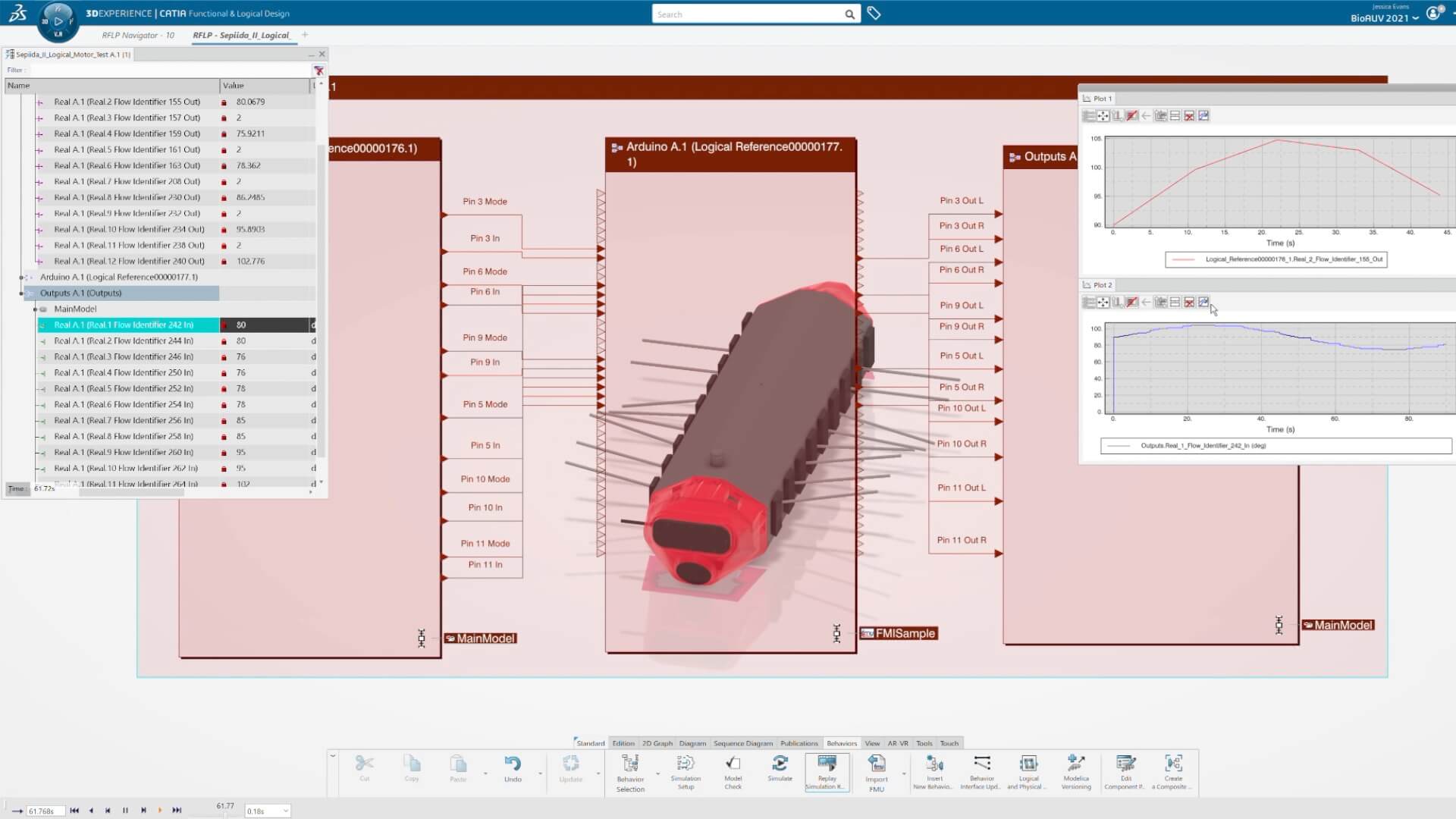
Bridging the skills gap
Recognizing that many students were leaving education with an insufficient understanding of the multidisciplinary, interconnected workplace, Harvey’s aim is to use these digital technologies to help graduates not only cope in the modern engineering environment, but to thrive.
“We have graduates going into civil space, marine and offshore, green energy, resources, automotive and consulting, and also defense,” Harvey said. “All of them need to be proficient in digital skills. Many of the employers across these sectors are also looking for graduates who can help them digitally transform.”
Students learn about the connected nature of design and the value of a model-based systems engineering approach.
A step-by-step approach
The 3DEXPERIENCE platform was implemented in a series of key phases. “The initial pilot in 2018 was for our mechanical engineering degree, and it was the fastest performing on-premise installation in the region, as measured by the Dassault Systèmes team,” Leclercq said. “We expanded it to the wider engineering faculty in 2019 and 2020. Now, we’re looking to connect other related disciplines across the university in the months and years ahead.”
In order to define, design and implement the 3DEXPERIENCE platform, Dassault Systèmes’ technical team worked closely with the University of Adelaide’s IT and digital services teams.
Training was facilitated through Dassault Systèmes’ systems engineering team in India. “That was very helpful,” Harvey said. “All Honours students using the platform received the training, as well as additional support through the 3DEXPERIENCE Edu Space – Dassault Systèmes’ online learning space.”
The benefits were instant. “The platform is incredibly powerful, and its on-premise access was excellent, facilitating collaborative work across a range of courses and projects. So far we have had over 2,500 students access the platform using this setup, and we are now moving to a cloud implementation to generalize access to students who are not on campus,” Leclercq said.
This deployment has the highest number of users of all 3DEXPERIENCE implementations in the region, and this number is only expected to grow.
The educational program was developed by academic and industry experts at the university in conjunction with support from the international Dassault Systèmes 3DEXPERIENCE Edu team.
“Students learn about the connected nature of design, the value of a model-based systems engineering approach, what early understanding can do for a project and how information needs to be managed and shared,” Harvey said. “They also learn about 3D modelling and design, connected project management, manufacturing planning and simulation.”
Students acquire the fundamental concepts of the 3DEXPERIENCE platform through theory, guided practical workshops and by practicing and working with the platform. The University of Adelaide also reused content from courses developed by teachers for teachers on 3DEXPERIENCE Edu Space. “Specific course material is also extended through the 3DEXPERIENCE Edu Space – Dassault Systèmes’ online learning space,” Harvey said.
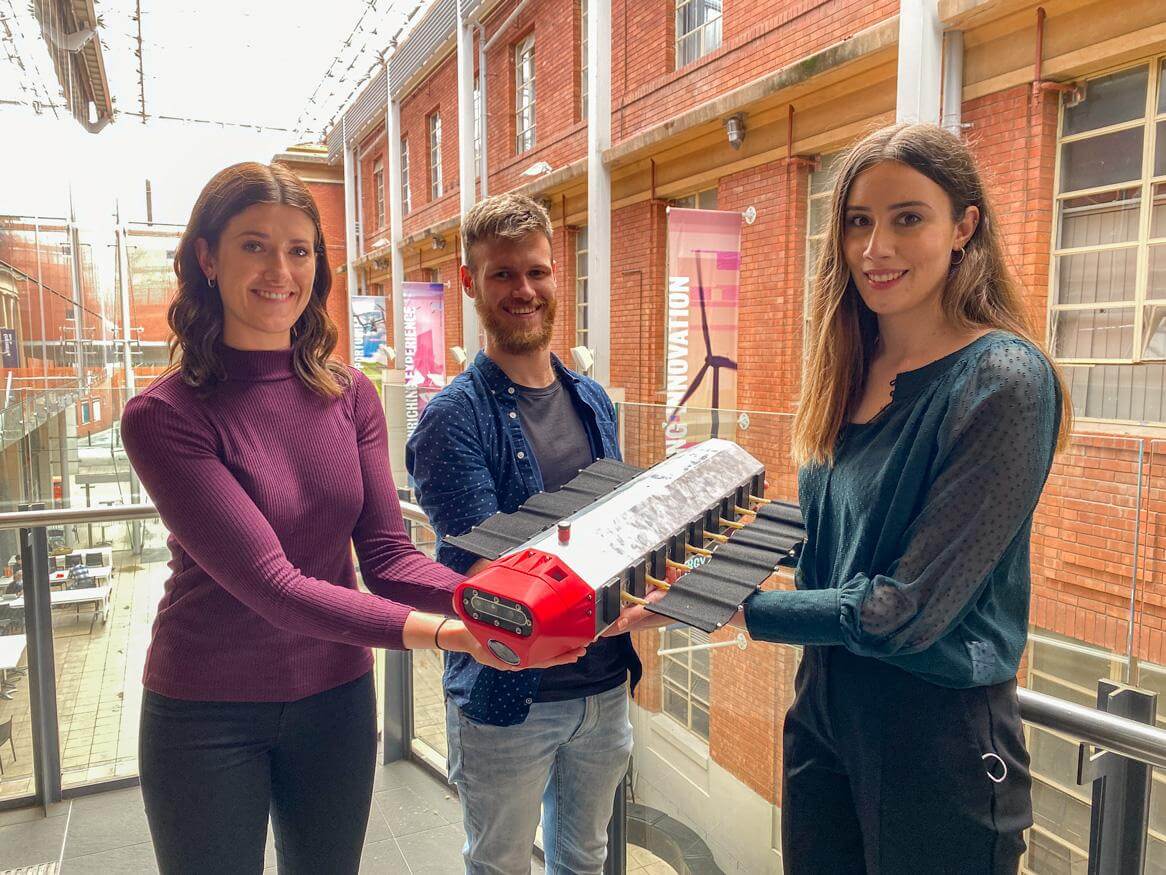
Developing a richer understanding of digital design
Harvey said that Evans’ story illustrates how his students have achieved a richer understanding of the connected nature of design by using the 3DEXPERIENCE platform. “What we have seen in Jessica, and many of her peers, we would never have seen in our graduates just four years ago,” Harvey said.
And it’s not just graduates who are thriving. Harvey says that he’s seeing more satisfied local businesses too. “I’m no longer hearing about a lack of digital skills. Keeping a close connection with students’ future environment informs our reflections and endeavors to maximize that success.”
Leclercq agrees, adding that the use of the 3DEXPERIENCE platform is garnering attention from local businesses. “It’s certainly opening up key industry connections. And it’s also opening up further project opportunities too.”
My experience using model-based systems engineering has given me crucial insight into what’s required to succeed in industry in systems engineering roles.
New opportunities
One such project is the Australian Research & Experimental Submarine (ARES). ARES is a multi-year and multi-disciplinary endeavor, with students from the undergraduate Honours program and the Masters of Marine Engineering degree performing individual and group design and research projects.
The project has two key purposes: Developing a reconfigurable model submarine to be used for research and teaching; and training the workforce, mostly students, in the shipbuilding lifecycle and the activities required to design, build and support a submarine.
“Students join the ARES team at different points throughout the year and need to learn the 3DEXPERIENCE tools and digital environment,” Harvey said. “We’ll achieve this by building on additional material on the 3DEXPERIENCE Edu Space. In the future we intend to explore building the full spectrum of an integrated product development environment (IPDE) through the lifecycle, and to work closely with Australian businesses to support their workforce upskilling.”
In addition, a new Collaborative Design Facility has been set up to explore accelerated, concentrated digital design and to test the capabilities of the 3DEXPERIENCE platform. “It is used for targeted teaching sessions, intensive design workshops, presentations and for industry exploration of digital design,” said Harvey. “It gives our students access to a space where they can explore cutting edge design using the 3DEXPERIENCE platform, and also connect to industry partners.”
The facility is equipped with 12 workstations where specialists will work on a project such as a robot roaming the surface of another planet, or an industrial process that needs to be developed. The spaces within the facility have been designed to enable interaction between people based on the activity they are involved in, their mood and their personality.
The work on the ARES project and the Collaborative Design Facility, along with the ongoing educational program, has strengthened the relationship between Dassault Systèmes and the University of Adelaide. “We’ve achieved a strategic partnership, in that we both share the same aspirations to better equip students for the world of work, in close collaboration with industry,” said Leclercq.
Overall, Leclercq believes the two establishments are driving real change. “We’re seeing not just digital transformation, it’s a human transformation,” he said.
Harvey agrees. “Learning by doing is a very powerful approach,” he said. “The 3DEXPERIENCE is a world class digital design platform. Having access to it puts students into industry with much more practical experience than a regular graduate engineer would have – and that was my mission all along.”
Ultimately, Harvey wouldn’t hesitate to recommend the 3DEXPERIENCE platform to other educators, but he does have some words of advice: “An incremental and iterative implementation is the only way to go,” he said. “It’s important to be agile in your approach and open to making adjustments as circumstances change. There’s also a lot of value in connecting with the right partners who have similar aims. You can then work together, not just for commercial purposes, but because you believe in the aims that you’re trying to collectively achieve.”
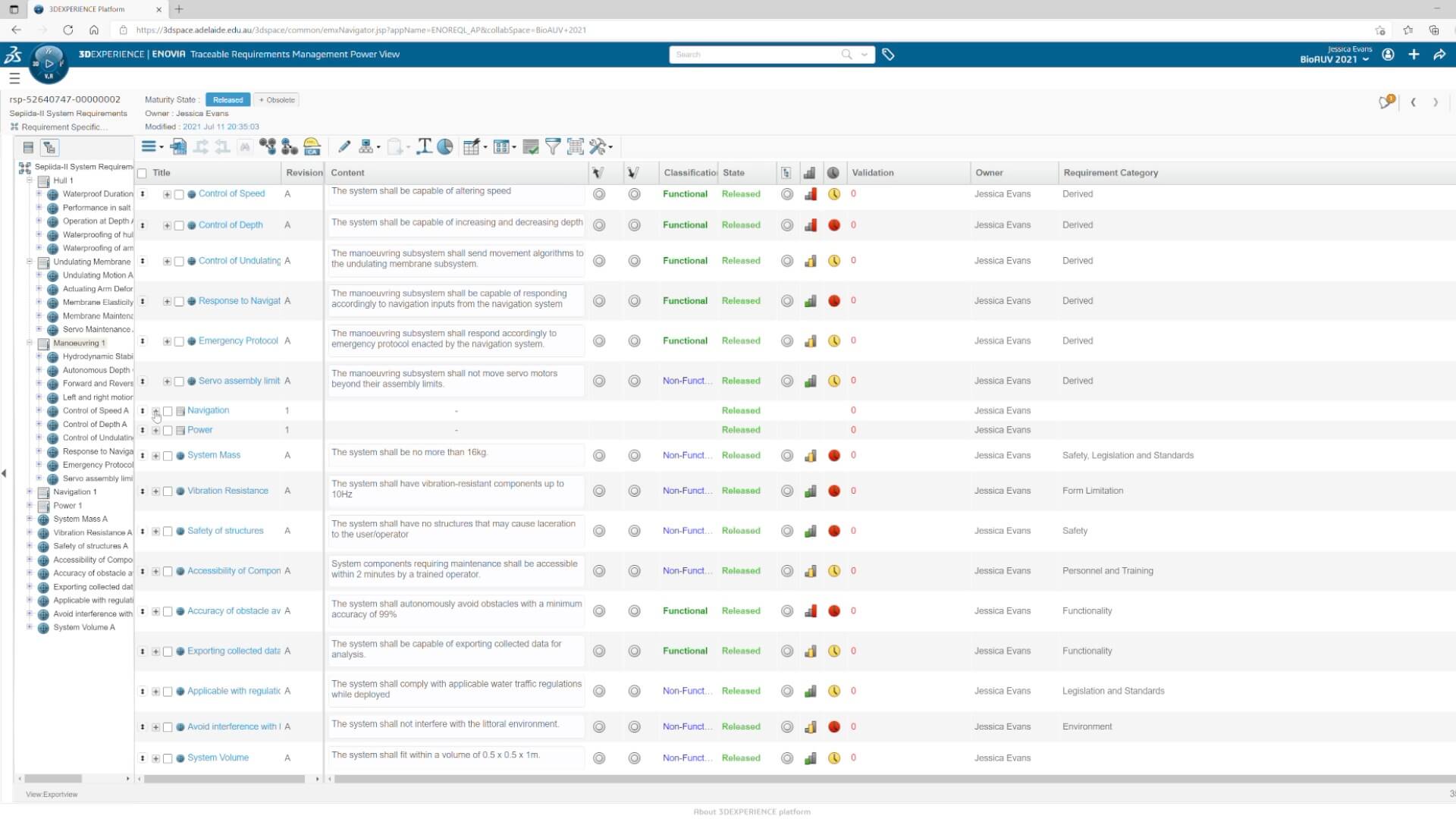
Equipped for the future
Evans believes the use of these tools has brought huge value to her education. “By using the 3DEXPERIENCE platform, I’ve been able to take a more model-centric approach, as opposed to a document-centric approach,” she explained. “My experience using model-based systems engineering has given me crucial insight into what’s required to succeed in the industry in systems engineering roles. Virtual twins are a hot topic in industry, so getting to actually dive into some of the hands-on aspects of that is invaluable.”
The fact that everything could be found within the same platform was particularly pleasing for Evans. “I’ve experienced more traditional workflows where you are constantly importing and exporting files,” she said. “But with the 3DEXPERIENCE platform you can open a certain file type in any number of different applications, so you have one single entry point where you can do anything. It’s a single, central source of truth.”
Further benefits include the ability to see project and design information in a format convenient to the individual, as well as the ability to contribute to a collective design effort using applications according to their own specialty.
Meanwhile, simulation within the platform allows students to effectively support generative and efficient design. “It removes the risk of mistranslation when moving between tools and ensures that the results all contribute to the central design database,” said Harvey. “It will also facilitate extensive ‘what-if?’ analysis or scenario planning using the digital twin.”
Evans’ understanding of the 3DEXPERIENCE platform has resulted in her playing a key role in a peer tutor team. She and her Honours project team also presented their work at Ingenuity – an interactive showcase of university student projects exploring real-life applications of architecture, engineering, computer and mathematical sciences.
“That was a real highlight for me,” Evans said. “I had lots of people wanting to know more about digital twins. It was great to showcase what I could create using the platform.”
Discover more about the Winning Bid For Sea industry solution experience.
Discover more about the Designed For Sea industry solution experience.
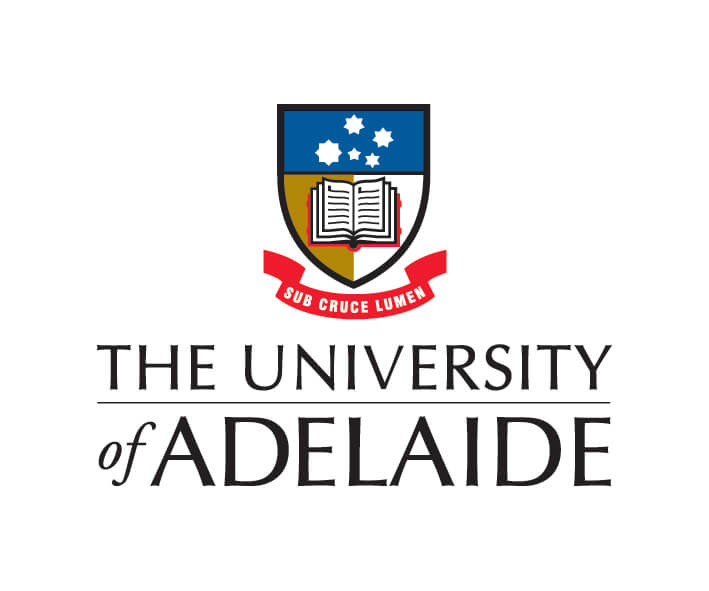
Focus on University of Adelaide
The University of Adelaide is a world-class research and teaching institution, centered on discovering new knowledge, pursuing innovation and preparing the educated leaders of tomorrow. As Australia’s third oldest university, it is ranked in the top 1% of universities in the world. Adelaide has over 100 Rhodes Scholars among its distinguished alumni and is associated with five Nobel Laureates. It attracts academic staff who are global leaders in their fields.
For more information: www.adelaide.edu.au
